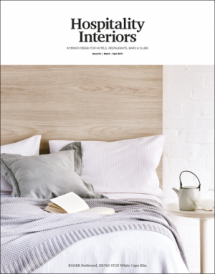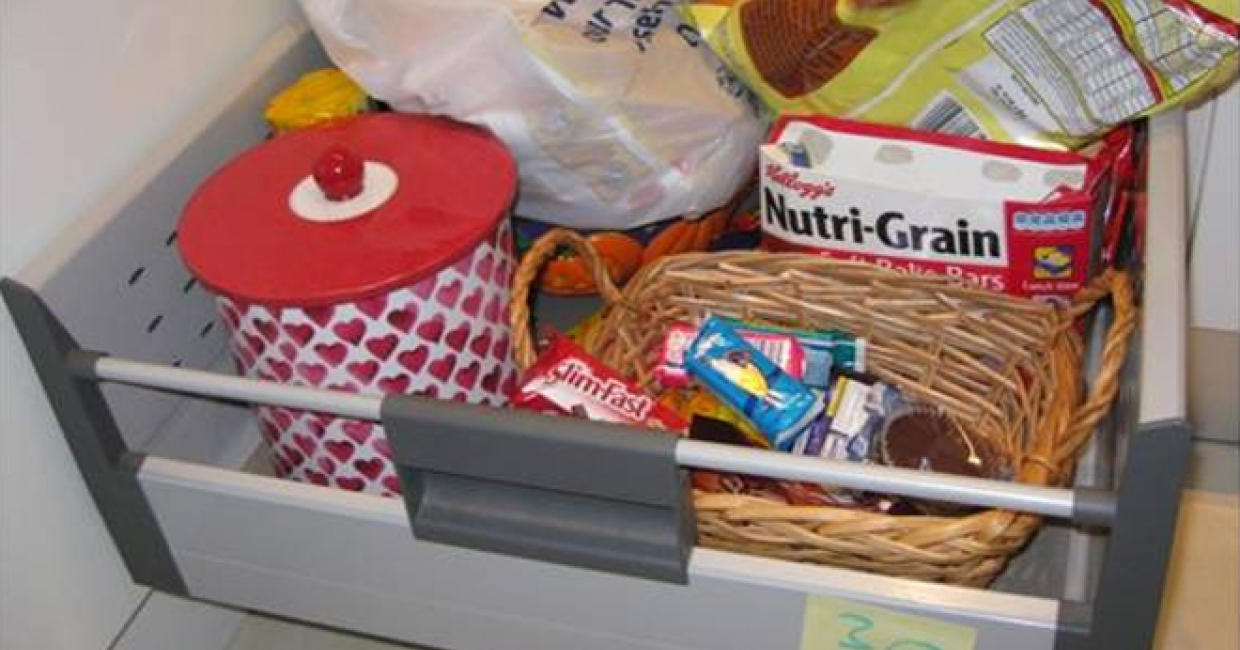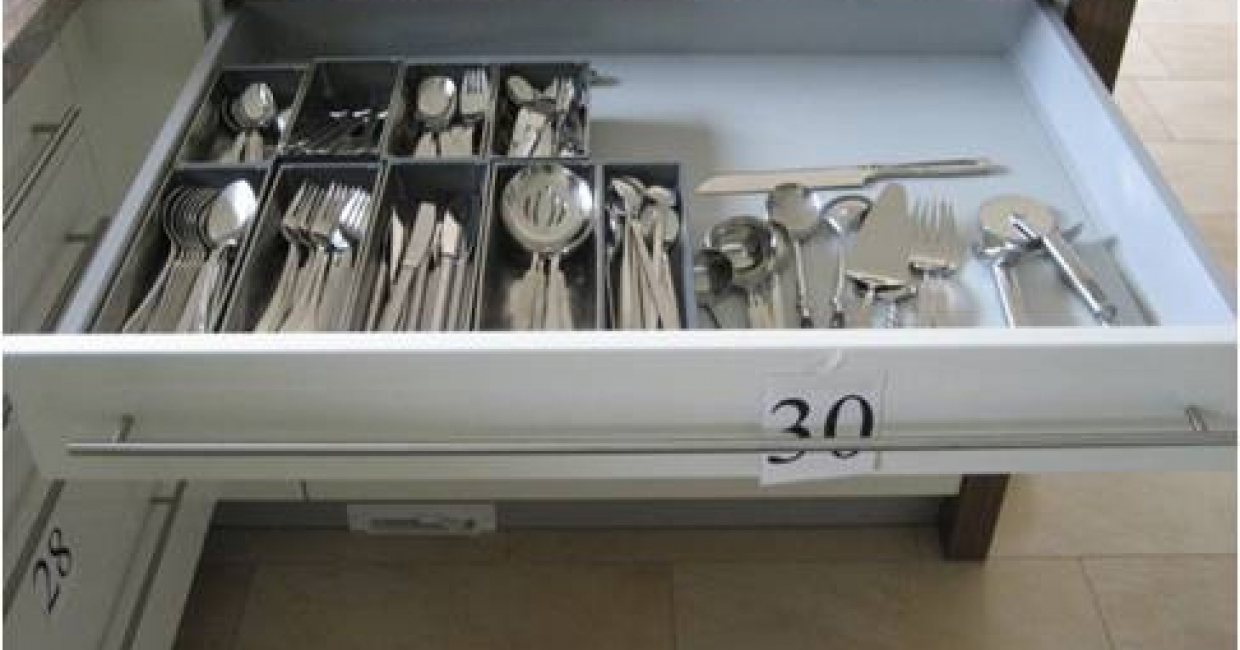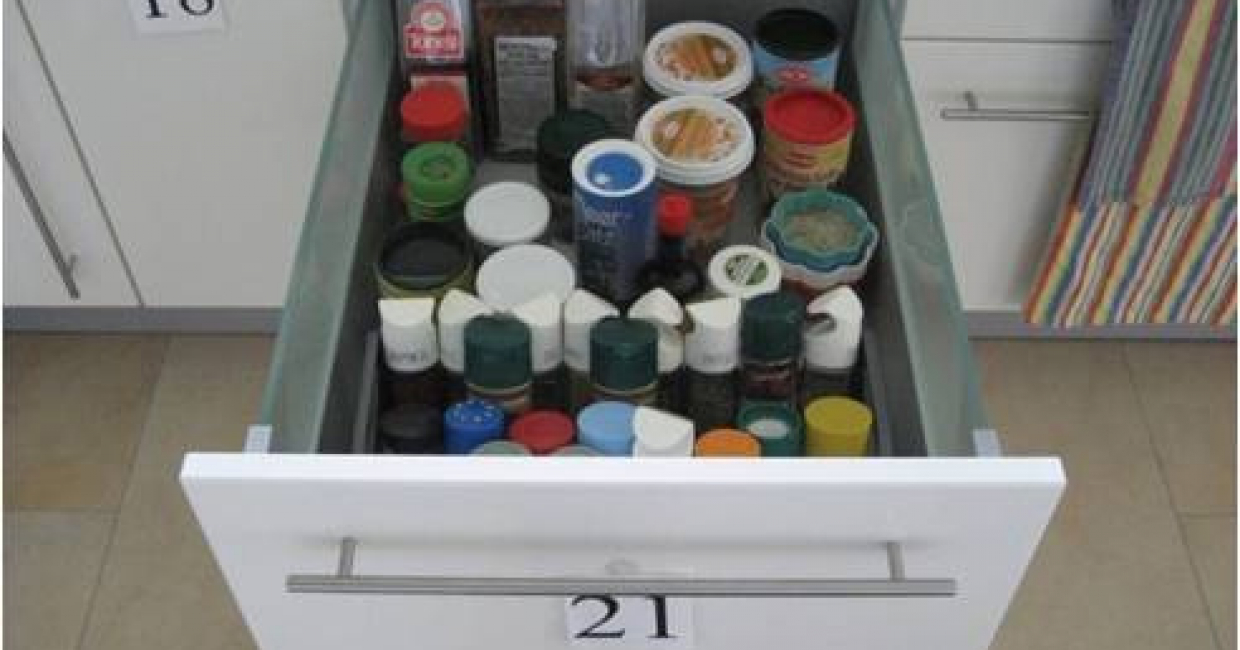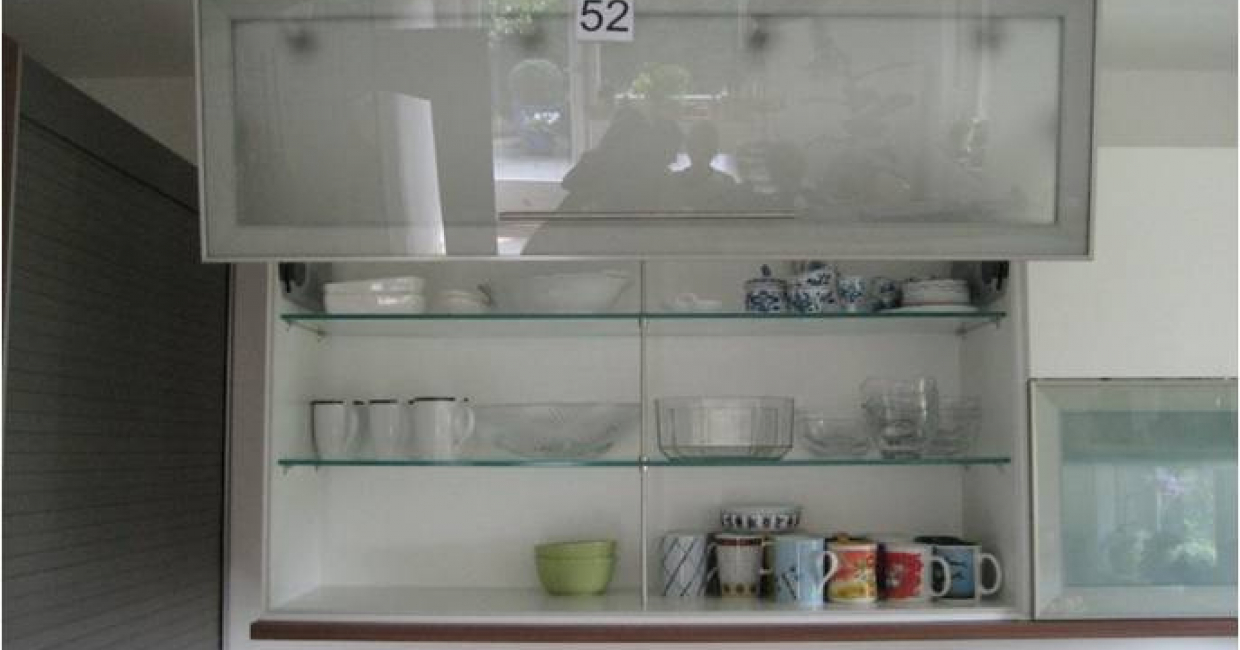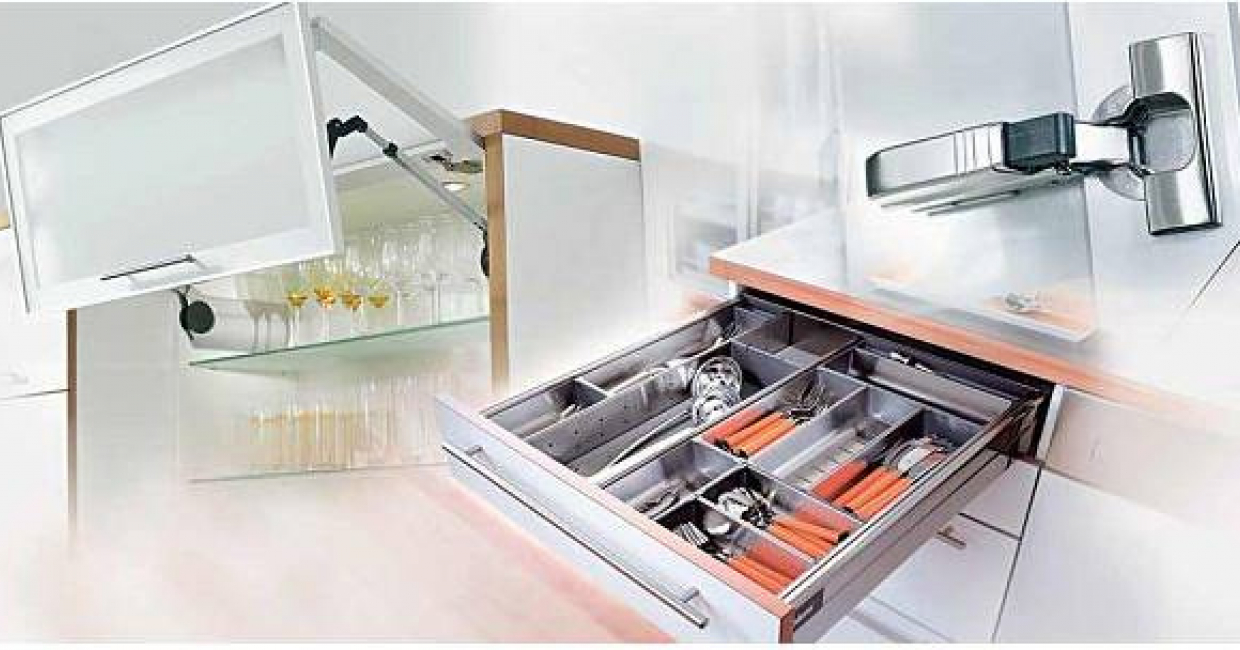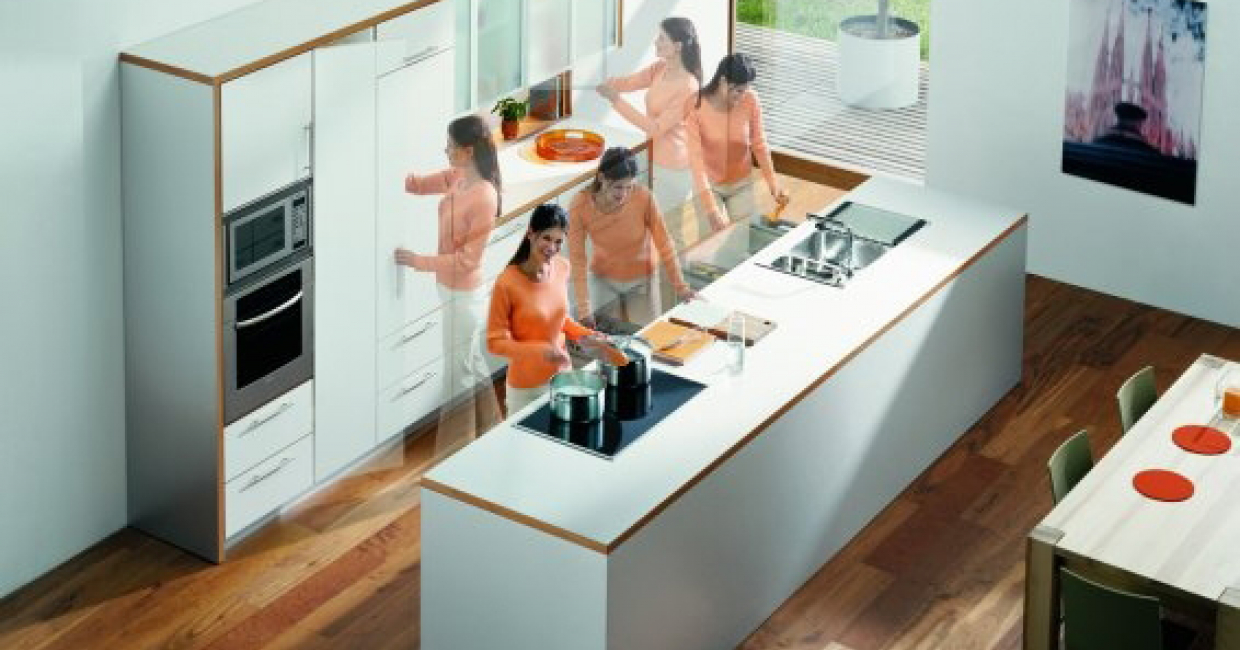Do you know how often you open your cutlery drawer every year? Or how often you will open it over a period of 20 years? If you’ve never thought to keep count, then you don’t have to. Experts at the Furniture Industry Research Association and Blum UK have worked this out for you, – and the way you use the rest of your kitchen.
The findings from a first-of-its-kind, three-year study into the way UK consumers use kitchens has been announced, with some interesting outcomes which will affect the whole industry.
Monitors and sensors were placed in kitchens in UK households to gather information about the way real-life kitchens are used in order to assess the impact on design, manufacture and installation of furniture fittings.
The Furniture Industry Research Association (FIRA) collaborated with Blum UK on the project and funded the data collection and analysis, the findings of which were presented in a seminar at the kbbreview Kitchen Conference.
Dr Asli Tamer-Vestlund, FIRA’s research and consultancy manager, says: “This study is the first three-year study of its kind in the UK and will help us gain an in-depth understanding of how kitchens are used in comparison with the rest of Europe. Information about how a family treats a kitchen is of vital importance to its design, manufacture and installation. This data helps us to identify trends in family life, look at areas that would benefit from improvement and innovation and review current Standards to ensure kitchen furniture and components meet the requirements of the UK consumer.”
The study
Households were selected across a full geographical and demographic spread of the UK.
FIRA technicians were trained by Blum to fit monitoring equipment, including sensors and six-digit counters to drawers, doors and lift-systems to determine:
• The loads applied to doors and drawers – for example, how much weight is held by the crockery cupboard
• How many times they were opened and closed, called cycles, during a kitchen lifetime
• Type of use and changes in use – for example, putting glassware in a cupboard which originally held crockery
The furniture was catalogued according to what it contained, the categories included:
• Cutlery
• Crockery (daily use)
• Glassware (daily use)
• Mugs and cups (daily use)
• Pots and pans
• Rubbish
• Consumables – tins/jars/packets
• Utensils – spatulas/whisks/can openers
• Cling film (plastic wrap), foil, bags etc.
FIRA technicians periodically returned to the households to gather data from the monitors.
The findings
Some of the key UK trends were as follows:
Use by type of contents
• Most used drawer – refuse container
• Most used cabinet with hinge – refuse container
• Most used cabinet with lifting system – crockery
This highlights new trends in kitchen design where it is now more common to have a refuse container in a cupboard, rather than a separate bin in the corner of the room – an increasing trend prompted by the need for more space for recycling.
In addition, the last five years have seen the introduction of powered and counterbalanced lift systems to open cupboard doors. These have become a feature of well designed kitchens, whereas previously the only lift systems used tended to be on small, over the hob, units.
Frequency of use
Using the data gathered by the study, Blum and the association have estimated the maximum cycles (opened and closed) over a 20 year period:
• 224,164 cycles – the most frequently used drawer
• 319,096 cycles – the most frequently used cabinet with a hinge
• 26,520 cycles – the most frequently used cabinet with a lifting-system.
These figures are significantly different from the current British Standard, BS6222 part 2. Domestic Kitchen Equipment, which only considers five to seven years’ life.
With more companies offering 20 to 25 year guarantees on their kitchens, manufacturers offering such guarantees should be talking to their components suppliers to ensure that their products are designed to reflect current usage levels.
Weight of drawer contents - UK
The data shows the collective weight of items placed in drawers.
• 35kg – maximum weight placed in a ‘general use’ drawer
• 55kg – the maximum weight placed in a drawer used for crockery
The Standard BS6222 requires drawers to hold 30-50kg; this new data shows the actual maximum weight of drawers containing crockery as being slightly higher than that allocated within the Standard. This is again a reflection on changes to kitchen design, as in the past most kitchens used cabinets with shelves to store items such as crockery. The move to have more drawers in kitchens to increase storage capacity and make it easier to use has resulted in a significant increase in drawer loading.
Blum has already reacted to this data by offering a drawer system designed to hold up to 65kg.
Conclusion
Overall, the results have shown that the way that kitchens are being used is evolving, with heavier items being kept in drawers and lifting systems being used more and more.
The study will also allow conclusions to be drawn between kitchen usage in the UK and other parts of Europe.
Background
In 2009, as a member of the Furniture Industry Research Association, Blum UK entered and won its Design and Innovation Competition held in celebration of its 60th anniversary. The prize was a £20,000 investment into a project designed to enhance the competitiveness of the furniture industry as a whole.
Blum’s existing project, Product Observation in the Market (PAM), has involved the study of over 100 kitchens for the last 25 years. The project has mainly taken place in Blum’s native Austria.
The study of lift-systems is a new addition to the PAM project and has only taken place in this UK study.
Established 64 years ago, FIRA was set by the industry for the industry. It provides invaluable technical support to the entire furniture supply chain and funds projects for the benefit of the industry.
